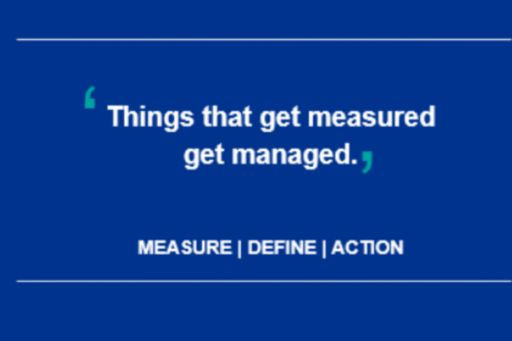Employee engagement is central to talent retention
Employee engagement is central to talent retention
An organisation’s talent is its greatest asset. It is through its people, that an organisation will be able to achieve its business objectives and reach and maintain its competitive advantage.
An organisation’s talent is its greatest asset. It is through its people, that an organisation will be able to achieve its business objectives and reach and maintain its competitive advantage. The past few years have seen business leaders and organisations giving talent more strategic attention.
Organisations are investing more and more in acquiring and developing their talent. However, are they doing enough to enhance talent retention? Recent talent turnover figures from various organisations across industries suggest that no, organisations are not doing enough.
Strategically managing talent involves anticipating the need and type of talent (human capital) required by an organisation, and then setting a plan to meet that need. An organisation must always be in a position to successfully attract, recruit, develop, and retain talent.
Put simply, organisations must bring people to the door, provide them with the tools and skills necessary to help them develop themselves and the organisation, and most importantly keep them happy and activated in order to not only stop them from leaving, but also to perform better.
Research and practice both show that one of the key factors linked to effectively retaining talent is the emotional bond an employee develops with their employer, i.e. how engaged an employee is with their organisation.

Employee Engagement involves unlocking employee full potential to drive high performance; capturing employee discretionary effort, the above and beyond effort people could give if they wanted to.
When organisations talk about managing and retaining talent, they should be thinking about what they can do to ensure that an employee feels emotionally linked to their organisation and its goals, to their work and to their leaders, and are therefore highly engaged.
That being said, this emotional bond and high level of engagement is not something that develops overnight. It is a journey that an employee and organisation must embark upon together. The first step in this journey is for an organisation to take stock of their current employee engagement levels. Before moving forward, it is essential that the organisation knows where it stands. It must listen to employees and obtain an understanding of what is driving engagement/disengagement levels in their organisation. By looking at the drivers related to engagement, organisations will get a clearer picture of, and define, what is truly working and what can be improved. This, in turn, will support an organisation in developing an employee engagement strategy that truly nurtures the development of an emotional bond between employee and employer.

Things that get measured get managed.
The most commonly used means to measure employee engagement is through an online diagnostic tool. However, if organisations want to truly increase retention through engagement, then choosing which survey to conduct is critical. It is essential that the survey chosen actually does assess what is driving engagement holistically. The KPMG Employee Engagement Plus Index does exactly this. It is a tool that supports organisations in taking stock, and measuring their current engagement levels through an online questionnaire answered by employees.
The unique edge of this tool is that it embraces the fact that engagement is a multifaceted concept and thus, does not measure engagement as a standalone construct, but holistically, also incorporating other scientifically proven drivers of engagement, such as leadership, communication and work commitment. Furthermore, the tool also allows for the evaluation of an organisation’s HR management practices that act as a vehicle to achieve employee engagement. Together, all of this uniquely derived data, will provide business leaders and decision makers with invaluable information related to their organisation’s strengths, areas for improvement, areas of critical concern, and therefore, ultimately, support the organisation in reaching its final destination, that of a highly engaged workforce.
The KPMG Employee Engagement Plus Index provides for the ideal foundations upon which to build and implement specific and targeted actions that truly work towards increasing employee engagement in organisations. By understanding what is driving or inhibiting engagement, an organisation will be able to treat the root cause of any employee engagement issues, and thus be in a better position to develop a strong emotional bond with employees, subsequently creating an environment that ensures they retain talent that is willing to invest their time and effort in growing and developing the business.
© 2026 KPMG, a Maltese civil partnership and a member firm of the KPMG global organisation of independent member firms affiliated with KPMG International Limited, a private English company limited by guarantee. All rights reserved.
For more detail about the structure of the KPMG global organization please visit https://kpmg.com/governance.
